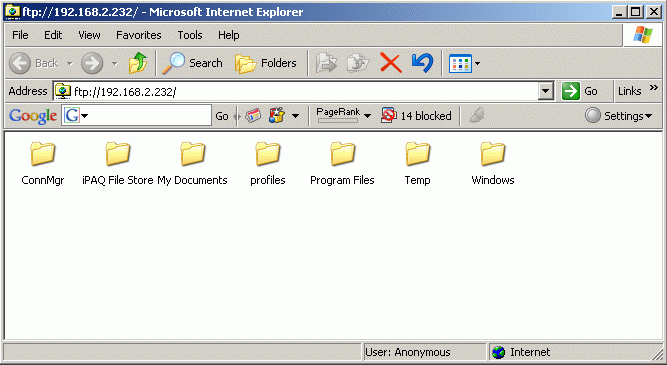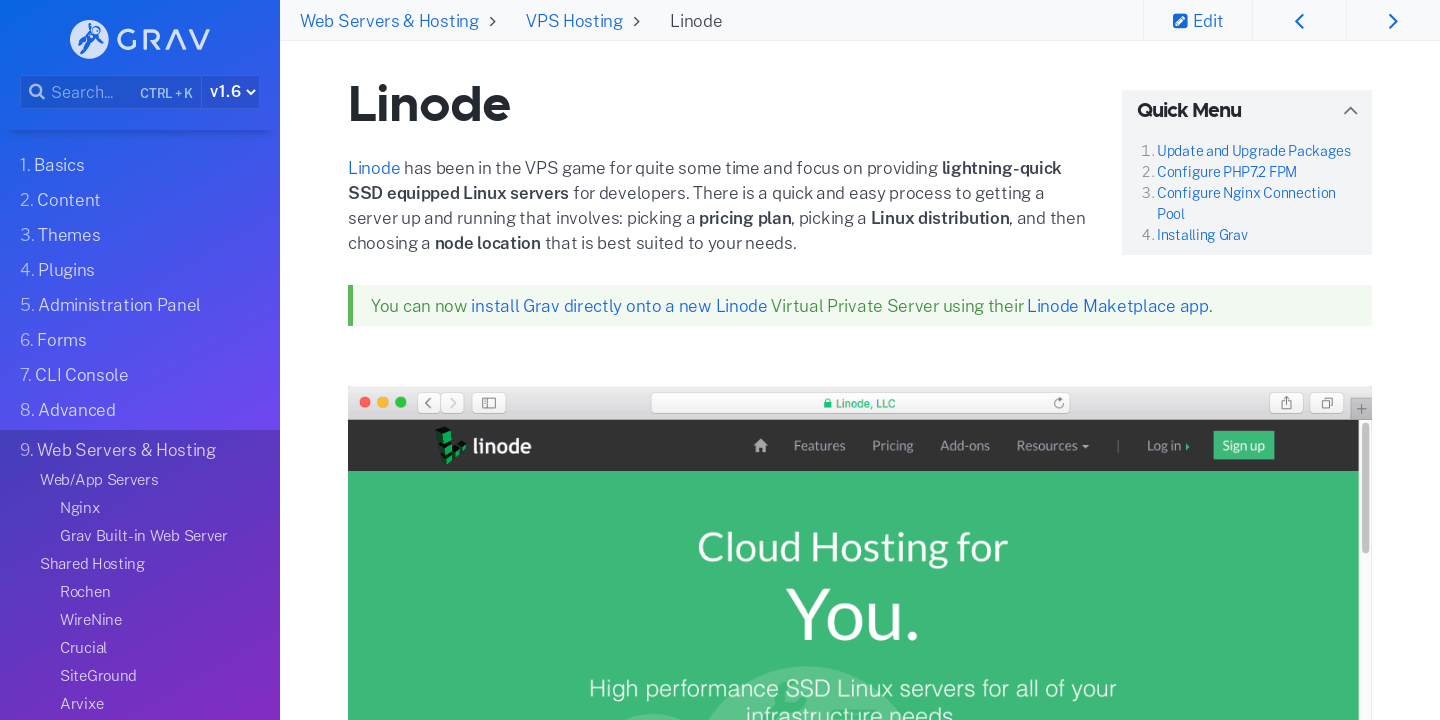
There are many factors to consider when choosing a web host, from Uptime and Security to Storage and Bandwidth. A host should have sufficient resources to support your website, no matter how complex it is. High uptime is essential. A good web host should also offer plenty of storage, bandwidth, and scalability. You should also consider security features such as malware detection and SSL encryption.
The cheapest type of shared hosting is called "Shared Hosting".
The simplest type of hosting, but also the most cost-effective, is shared hosting. This hosting option allows many websites to be hosted on one server. All of the sites share the same resources. This means that the bandwidth and space on the shared server are limited. This hosting option has some drawbacks. It can be less secure that other hosting options.
This hosting option is great for small businesses or start-ups, as it's the cheapest. It has some limitations such as a slower loading website and limited storage. Security and privacy are also issues. There is also a lack in features and resources. Although these limitations are not significant, shared hosting is still the most cost-effective and simple way to host your website. A dedicated server can offer many more benefits, but most small businesses cannot afford it.
Dedicated hosting, the most expensive form of dedicated hosting, is available.
Dedicated hosting also known to be virtual or physical server host allows you to have complete control over the server. This hosting is typically more expensive than shared, but it offers better performance and flexibility. It typically costs around $199 per Month and comes with many additional features. Dedicated hosting works well for large businesses that have high-end IT needs.

With dedicated hosting you have complete root access for your server and any network it uses. You can manage what happens on your server, and which software is installed. You can even install your own firewall and set custom permission rules. This allows you to protect your data as it should be. This type of hosting is more complex than shared hosting and takes more time.
Uptime
Uptime is an important feature to look for when choosing a web host. This indicates how long the server is available and up. It is usually represented as a percentage. The industry standard is 99.9%, and any web host worth its salt should have at least that high a number. The reliability of your web host and the software used to power it is important factors.
Uptime can be especially important if your site is mission critical. Even a minute downtime can cause serious damage to your business, especially if you have more than a million visitors monthly. While downtime can have a different impact on each website, there is a few things you can do to ensure your website's uptime. First, find a reliable web hosting company that guarantees high uptime.
Security
You should ensure that security measures are checked when choosing a web hosting provider. Most web hosts offer some form of security, but you can always ask about specific features. It is essential that the web host keeps regular backups of your data and ensures that you have the most recent version of the software. This will help avoid data loss and security flaws. It is important to choose a web host that offers a user-friendly control platform. Hostinger uses the hPanel control panels, which are easy to use and full of features.
Hosting isn't complete without security. If your website isn't secured, it could become the victim of identity theft, or other serious crimes.

Support
The level of support offered by a web host is an important factor in selecting a host. Some companies offer 24/7 support while others are available between 9 and 6 PM PST. For more complex problems, a knowledgebase can be helpful. However, phone support will always be the best option. Although many web hosts have reduced phone support, there are still a few premium services that offer it.
Important is the infrastructure of your web host. You must ensure that your host has the infrastructure and tools necessary to manage your website. The host should offer a plan that lets you add resources to your base plan without having to upgrade.
FAQ
Can I Use A Template Or Framework On My Website?
Yes! Many people use pre-built templates or frameworks when creating a website. These templates provide all the code necessary to display information on your site.
Some of the most well-known templates are:
WordPress - One of the most used CMSes
Joomla - Joomla is another popular open-source CMS
Drupal - A large-scale enterprise solution that large businesses use
Expression Engine - a proprietary CMS from Yahoo
You will find hundreds of templates for each platform. So it shouldn't be hard to choose the right one.
How much do web developers make?
Working on a website yourself will likely earn you between $60 and $80 an hour. If you are looking to make more money, it is worth considering becoming an independent contractor. It is possible to charge between $150-200 an hour.
What is a static website?
Static websites are those where all content is stored on a web server and can be accessed by users via their web browsers.
The term "static" refers to the fact that there are no dynamic features such as changing images, video, animation, etc.
This type of website was originally created for use in corporate intranets. It has since been adopted both by individuals and small companies who are looking for simple websites that do not require any programming.
Static websites are becoming more popular due to their ease of maintenance. They're easier to update and maintain when compared to a fully-featured website with many different components (such as blogs).
They load much faster than dynamic counterparts. They are ideal for mobile users and those with slow Internet connections.
Static websites are also more secure than dynamic ones. Static websites are much harder to hack than dynamic ones. Hackers can only access the data contained in a database.
There are two main ways to create a static website:
-
Using a Content Management System (CMS)
-
How to create a static HTML website
It depends on what your needs are. A CMS is a good choice if you are new to website creation.
Why? Because you have complete control over your website. A CMS means that you don't have to hire someone to set up your website. All you need to do is upload files to the web server.
It is possible to still learn how code can be used to create static websites. It will take some time to learn to program.
How to Create a Static Website
There are two options for creating your first website:
-
Content Management System, also known as WordPress. WordPress is available as a download. This software can then be used to create an indispensable website.
-
You will need to create a static HTML website. If you are familiar with HTML, it's easy to do.
A professional may be able to help you create a large website.
Start by choosing option 2.
Statistics
- In fact, according to Color Matters, a signature color can boost brand recognition by 80%. There's a lot of psychology behind people's perception of color, so it's important to understand how it's used with your industry. (websitebuilderexpert.com)
- When choosing your website color scheme, a general rule is to limit yourself to three shades: one primary color (60% of the mix), one secondary color (30%), and one accent color (10%). (wix.com)
- Studies show that 77% of satisfied customers will recommend your business or service to a friend after having a positive experience. (wix.com)
- It's estimated that in 2022, over 2.14 billion people will purchase goods and services online. (wix.com)
- The average website user will read about 20% of the text on any given page, so it's crucial to entice them with an appropriate vibe. (websitebuilderexpert.com)
External Links
How To
Drupal 7 Web Design Tips
Drupal is one of most well-known Content Management Systems (CMS), available today. It was created in 2003 by DriesBuijtaert from Belgium. The name derives its name from Dirk Buijtewaard's and Pierre d'Herbemont's initial letters. Drupal was opened source in 2005. Since then there have been many versions. Drupal is used by numerous websites and companies all over the world today.
Drupal is popular because of many reasons. It is easy to download and install. It is simple to customize and expand. It is well-documented. It provides tremendous support via IRC channels and forums. It can be extended via modules. Sixth it supports multiple languages. It is also easily customizable. Eighth, it can be scaled. It is secure. Tenth, its reliability is assured. Finally, the community supports it. Drupal is the perfect choice for your next projects because of these features.
You may be wondering what makes Drupal different than other CMS systems. The answer is simple. Drupal is an Open-Source Content Management System. Drupal is completely open-source and freely available for download. Drupal gives you complete control of your website. You can add and remove pages, change colors, fonts and images, as well as modify videos.
Drupal is a great option for anyone who doesn't have any technical skills and wants to create a website. Drupal, unlike other CMS, doesn't require you to know programming to build your website. Only you will need to be able to use the basic functions of Drupal. Once you have learned how to use Drupal, you can modify your website as it suits your needs.
Drupal's many pre-built themes, and plugins are another benefit. These plugins help you to enhance your site's functionality. You can use Contact Form to gather visitor information. Google Maps can be used to display maps on your site. There are thousands of ready-made templates that come with Drupal. These templates give your website a professional look.
Drupal is flexible, too. Drupal can be used to create new modules or to replace existing ones. If you're looking to integrate social networking into your site, you can do this quickly. You can also set-up RSS feeds, email subscriptions, etc.
Drupal can also be customized. Drupal can be customized with custom fields and forms. You can also manage users. Drupal also allows for complex layouts.
Drupal is also reliable and sturdy. It is reliable, stable, and can be scaled. It also offers great security features. Drupal is an excellent web development platform.